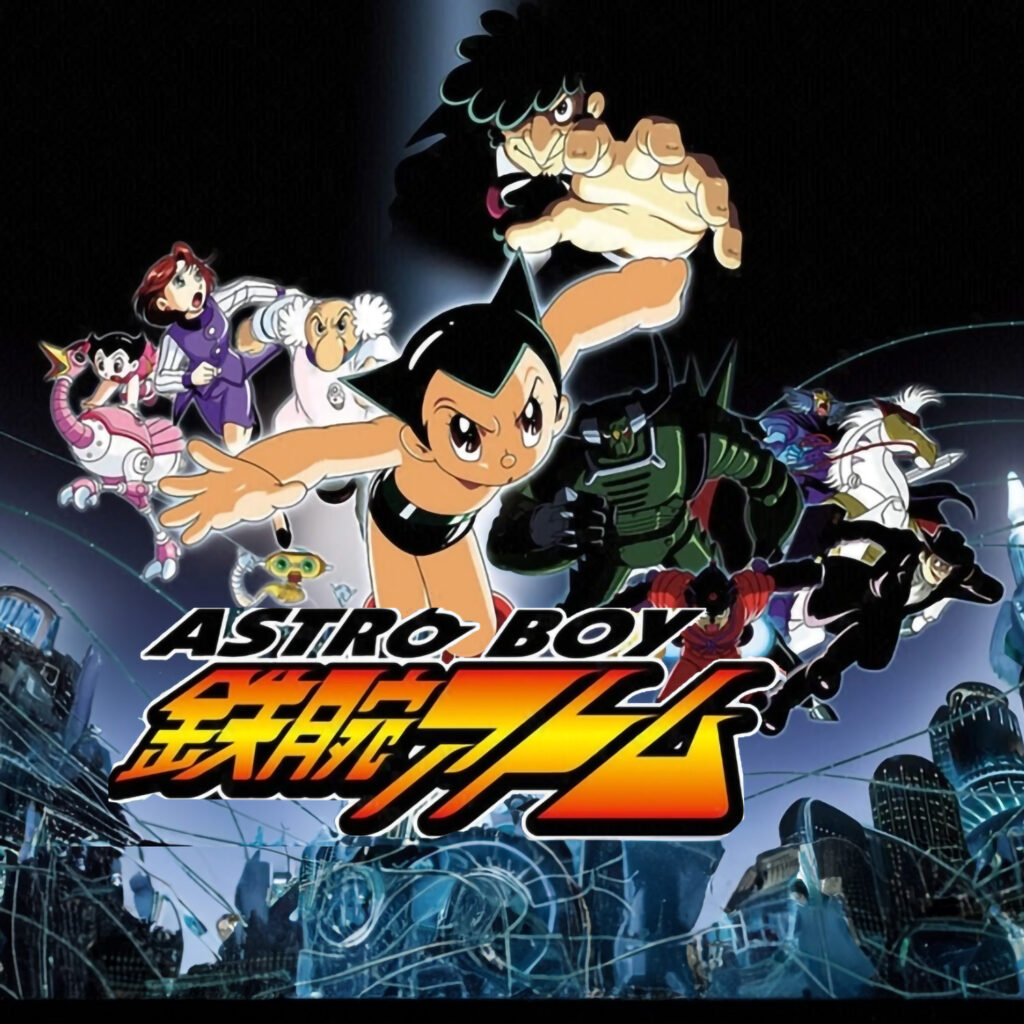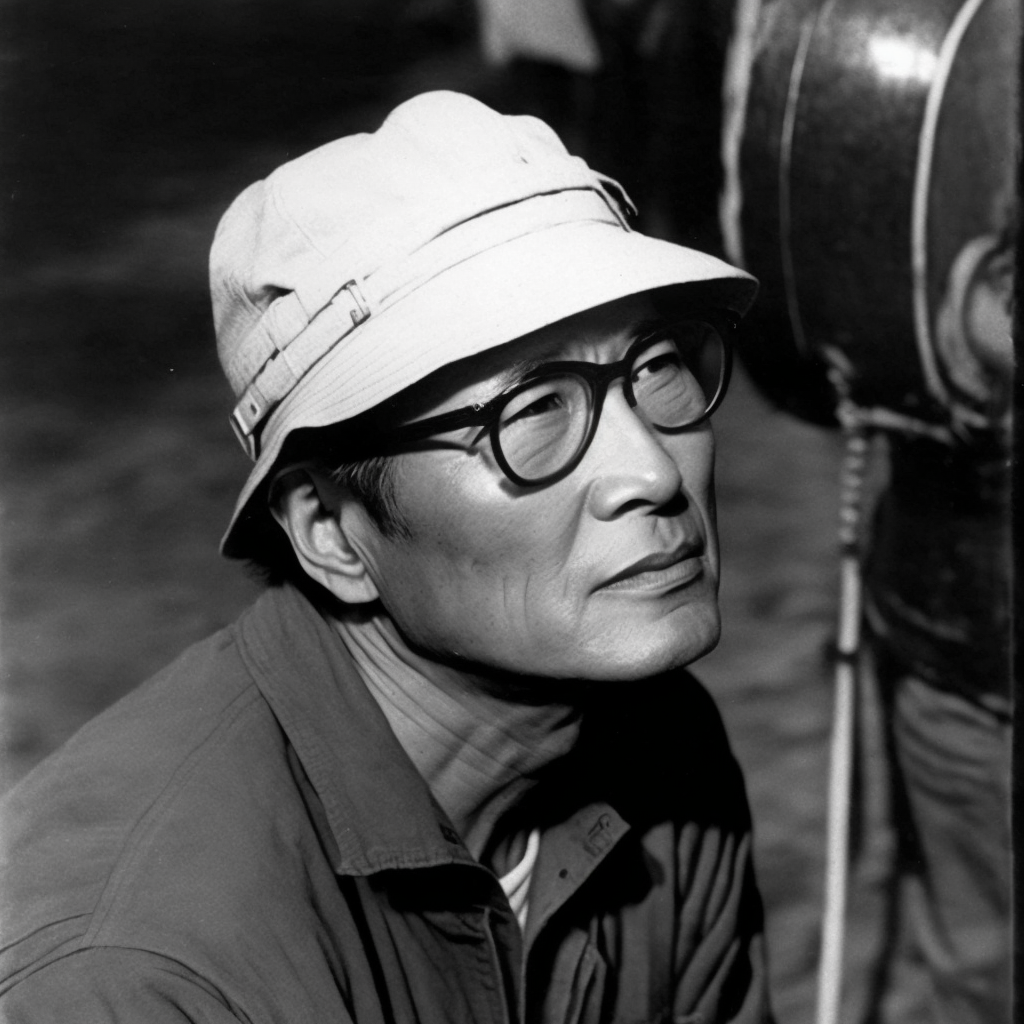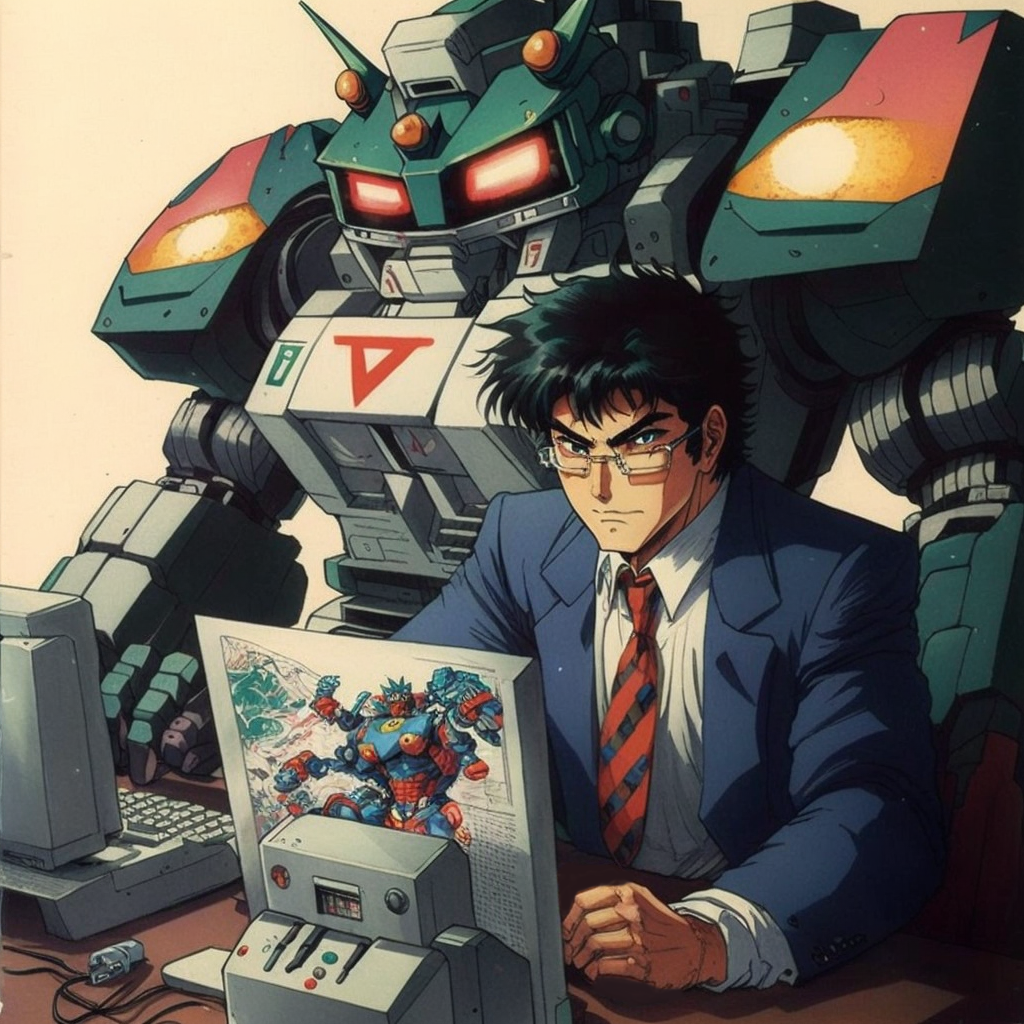Discover the fascinating universe of Astro Boy, a legendary creation by Osamu Tezuka, often nicknamed the “God of Manga.” Indeed, this iconic anime series has left an indelible mark on the history of Japanese animation, capturing the hearts of audiences worldwide. Immerse yourself in a captivating narrative filled with adventures, emotions, and reflections on humanity and technology.
History and Concept of Astro:
Astro Boy’s story unfolds in a distant future where robotics is commonplace. Dr. Tenma, a brilliant scientist, tragically loses his son Tobio in an accident. Devastated by the loss, he decides to create a robot in the likeness of his deceased son. This robot is Astro, a mechanical being endowed with human appearance and emotions.
Segments:
Each episode presents thrilling adventures as Astro explores the world around him. He displays remarkable compassion, fighting for justice and the rights of both robots and humans. The series blends elements of action, drama, and emotion while addressing complex questions about identity, tolerance, and morality.
Here are the main segments of the anime:
- Astro’s Creation Arc: This introductory arc depicts how Dr. Tenma, a talented scientist, creates Astro. He employs cutting-edge technology to give Astro the appearance and feelings of a human child. We discover the doctor’s motivations for this creation and how Astro becomes aware of his existence as a robot.
- Love and Friendship Arc: In this segment, Astro explores the concepts of love and friendship. He encounters other robots and humans, forming bonds of friendship that play a crucial role in his development as a conscious being. We also witness the challenges Astro faces to be accepted by humans despite his mechanical nature.
- Fights and Adventures Arc: This arc is filled with action and adventures. Astro finds himself in perilous situations where he must utilize his superhuman abilities to combat powerful enemies and protect those he cares for. These battles also highlight themes of justice and coexistence between robots and humans.
- Identity Quest Arc: As the story progresses, Astro begins to question his identity and existence. He wonders whether he is human or a robot and explores the nuances of consciousness and the nature of the soul. This journey of self-discovery is a key element of the anime.
- Confrontation with Evil Arc: In this segment, Astro faces malevolent forces and rogue robots threatening world peace and security. He grapples with difficult moral dilemmas while attempting to find peaceful solutions to resolve conflicts.
- Evolution and Legacy Arc: As Astro grows and gains experience, he starts inspiring other robots and humans to follow his example. This arc emphasizes the theme of legacy, showing how Astro’s actions shape the future of robotic society.
Iconic Characters:
Aside from Astro Boy, the series features an array of unforgettable characters such as Professor Ochanomizu, a valuable ally of Astro and a staunch advocate for robot rights, and the mysterious Dr. Tenma, Astro’s creator, whose past actions haunt the narrative.
Cultural Influence and Global Success:
Astro Boy first aired in 1963, and its impact on Japanese popular culture was phenomenal. Besides being one of the first televised anime in Japan, it was the pioneer in introducing science fiction elements into animation. This series laid the groundwork for many tropes and concepts that influenced numerous future animation works.
Astro’s fame also extended globally, contributing to the popularization of Japanese animation worldwide. Its iconic design and universal theme of identity exploration and coexistence between robots and humans resonated with a broad audience, making Astro Boy an enduring masterpiece.



